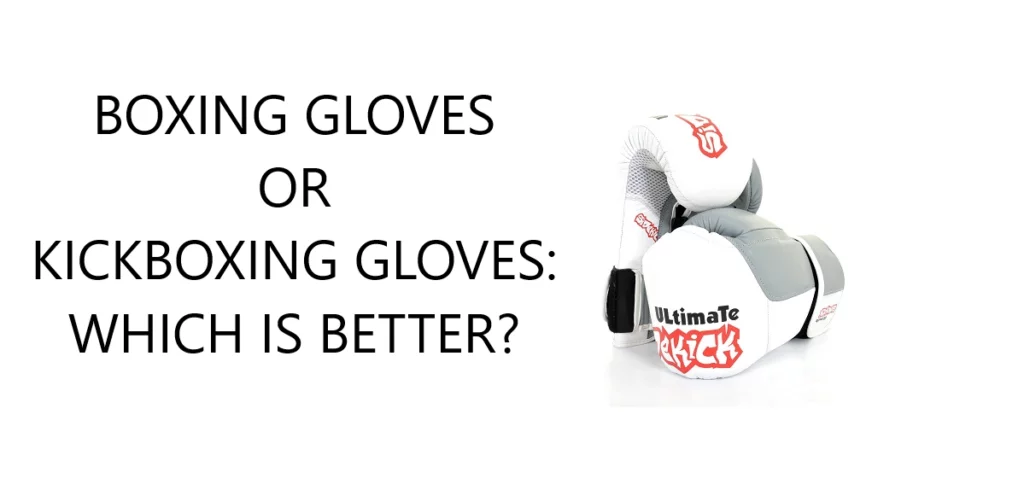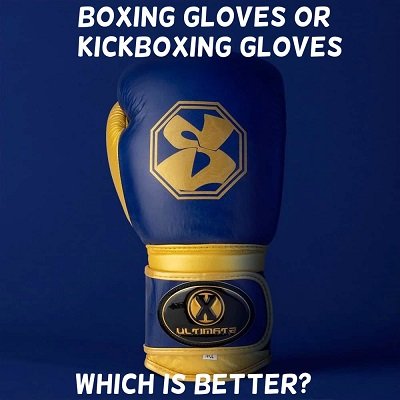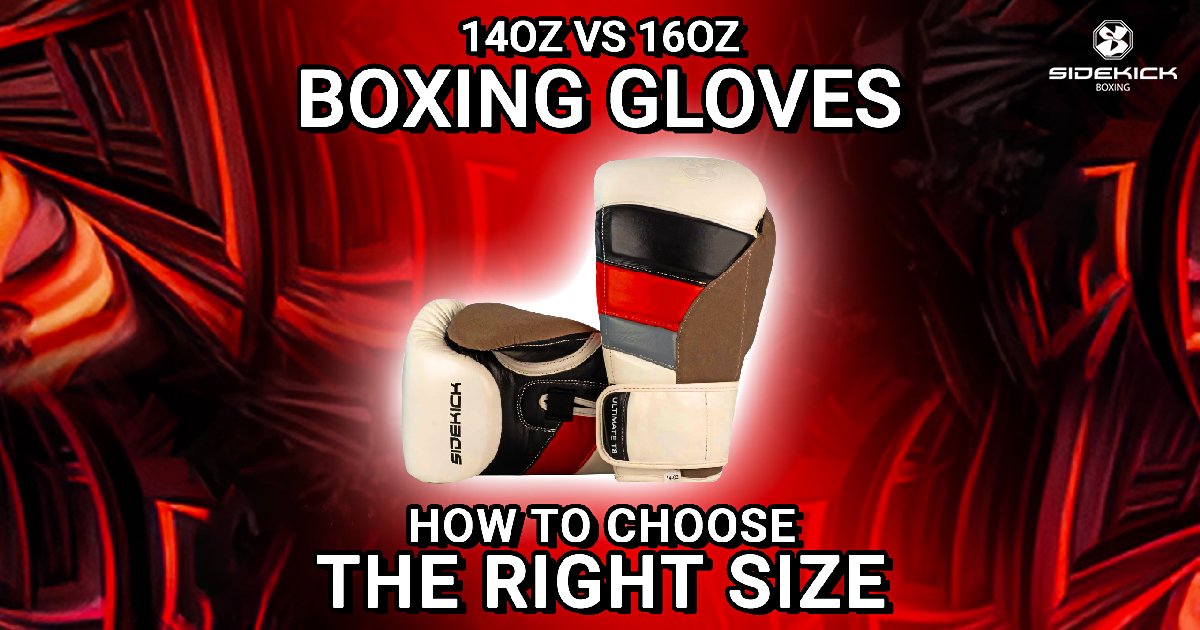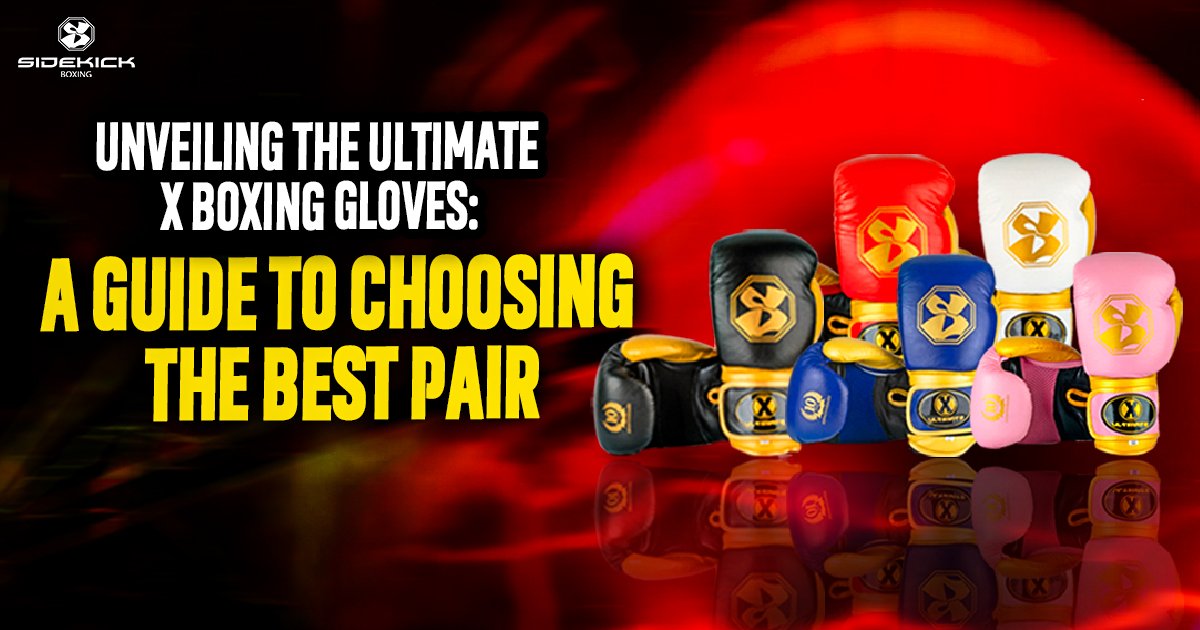
Boxing gloves or kickboxing gloves: Which is better?

If you have just recently taken up boxing or kickboxing, you may be wondering and asking these frequently asked questions. Are kickboxing or boxing gloves the same? Which should i buy boxing or kickboxing gloves? Or, How are kickboxing gloves made?
In this article we will go through everything you need to know about boxing gloves so you can purchase a new pair in confidence.
For centuries, boxing gloves have been a staple in the sport. From their humble beginnings where boxing first appeared in the Olympics in 688 B.C., oil-softened oxhide strips were used to wrap around the fighter’s hands.
However, in more recent years, there are different types of gloves which can be used for different sports. There has even been some controversy as to whether boxing gloves or kickboxing gloves are better.

Many boxing enthusiasts will prefer a boxing glove which may have a Mexican heritage, whereas a kickboxing enthusiast may prefer the boxing gloves more commonly made in Thailand. Although preference for either glove is usually down to subjectivity and the sport they will be used for too
With such a rich history behind both boxing and kickboxing gloves, it can be very daunting purchasing a pair which will be perfect for you. Although reviews are usually a rich source of information, they can be a little misleading too. Describing the quality rather than the durability of the glove, some reviews neglect the continual longevity and strength of the glove in years to come.
However, our gloves here at Sidekick have been used by world class athletes with many claiming that they are the best they have ever used like Andrew King cobra tate (four times kickboxing world champion), Giannis Skordilis (European K1 champion), Liam Cullen (Kickboxing and MMA champion) and many more.

So what is better: boxing gloves, kickboxing gloves or are they just the same?
In short, yes, both boxing and kickboxing gloves are pretty much all the same with both types serving similar purposes. However, both types may have slight differences in alterations to cater for their specific sport.
For example, with boxing, the sport focuses primarily on the hands which means that the gloves are designed specifically with that in mind. Kickboxing, Muay Thai and MMA brands may produce boxing gloves to work better with clinching or blocking of the kicks so extra padding may be added on the inner palm.
Boxing gloves do come in various designs and styles but every boxing glove must give as close to a natural fist shape when the boxing gloves are worn to ensure you are punching correctly. A grip bar is fitted to the top of the gloves for the fingers to grip onto.
There are three major design altercations when it comes to boxing gloves which are detailed below:
Boxing gloves style
There are 2 types of boxing gloves:
Lace-up and velcro
Lace-up boxing gloves have a criss cross lace on the palm side of the gloves which can be easily pulled to tighten and wrap around the wrist area. Lace-up gloves are traditionally used for more competitions as they provide a natural fit and do not need to come off during a bout.
The main priority for lace-up boxing gloves is its fit and comfort. However, durability is given less priority as, on average, 300-400 punches thrown per 12 round fight. Some professional fighters may use lace-up gloves in training so it feels the same when they come to fight.
Velcro boxing gloves have a velcro strap around the wrist to secure them. These are most popular for training as they are easily fastened and removed. Depending on the weight they can also be used for bag work to sparring. 10oz to 12oz gloves are ideal for bag work and 14oz and 16oz and better for sparring due to their extra padding.
The padding on our gloves is generally quite firm as this offers more protection for your sparring partner. Poor padding gloves can be damaging and you can feel the knuckles at each strike.
However, there are a few variations of velcro gloves. Most have just one strap but here at Sidekick, we developed a double wrist strap. One pulls over one way to nicely tighten to the wrist and the other secures over the top.
A popular question when people are looking to buy their boxing or kickboxing gloves is ‘How long should boxing gloves last’ which you can read our full article here.
Materials for boxing gloves
There are generally two types of materials used to produce boxing gloves: cowhide leather and synthetic leather.
Cowhide is the best for quality and durability. Synthetic boxing gloves are ideal for beginners, someone who may not train much or hard or just on a budget. They offer the same attributes as the leather gloves but the quality is less due to artificial materials and are not as durable.
Boxing gloves sizes and weight
Boxing gloves are measured in weight.
6oz boxing gloves are for children as they are small. 10oz gloves make good bag and pad gloves, juniors and most competitions insist 10oz gloves must be used. 12oz also make good training gloves. 14oz and 16oz are usually most ideal for sparring as they have the extra padding but many also use for bag work as the extra weight improves the workout.
How are boxing gloves made?
Although the way in which boxing gloves are made varies from brand to brand, the majority of boxing gloves are made in the way detailed below:
- Cutting the materials
The first step in creating boxing gloves is to cut either your synthetic leather or your cowhide.
The way in which the thumb material is cut can vary. It is either cut from the same piece of material as the rest of the glove, or it is cut from a separate piece and stitched onto the glove at a later date. - Graphics printed onto the material
The most important part of this step is to ensure that the printing is done whilst the materials are still flat to avoid any issues during the printing process. - Stitching
Forming the shape of the glove is always achieved via stitching the material together.
Usually, the base of the glove is stitched inside out at first, before the padding is put inside. This is the moment in the process where any additional features like breathable meshes and grip bars are added to the glove too. - Padding the glove
When boxing gloves were first developed, horsehair was used to pad out the insides. Although this is still used with some more premium brands, now the padding in boxing gloves is typically IMF (injection moulded foam) or other layered foams. - Adding velcro or laces
If the boxing glove is velcro, the velcro strap is simply stitched into place. However, if the glove is lace-up, a template is placed over the glove and the lace holes are then punched in. - Final touches
The final touch is a small strip of leather, or synthetic leather, is folded over the outer edges of the cuff and the palm is stitched into place.
Please visit our store for our wide range of boxing gloves and kickboxing gloves.







